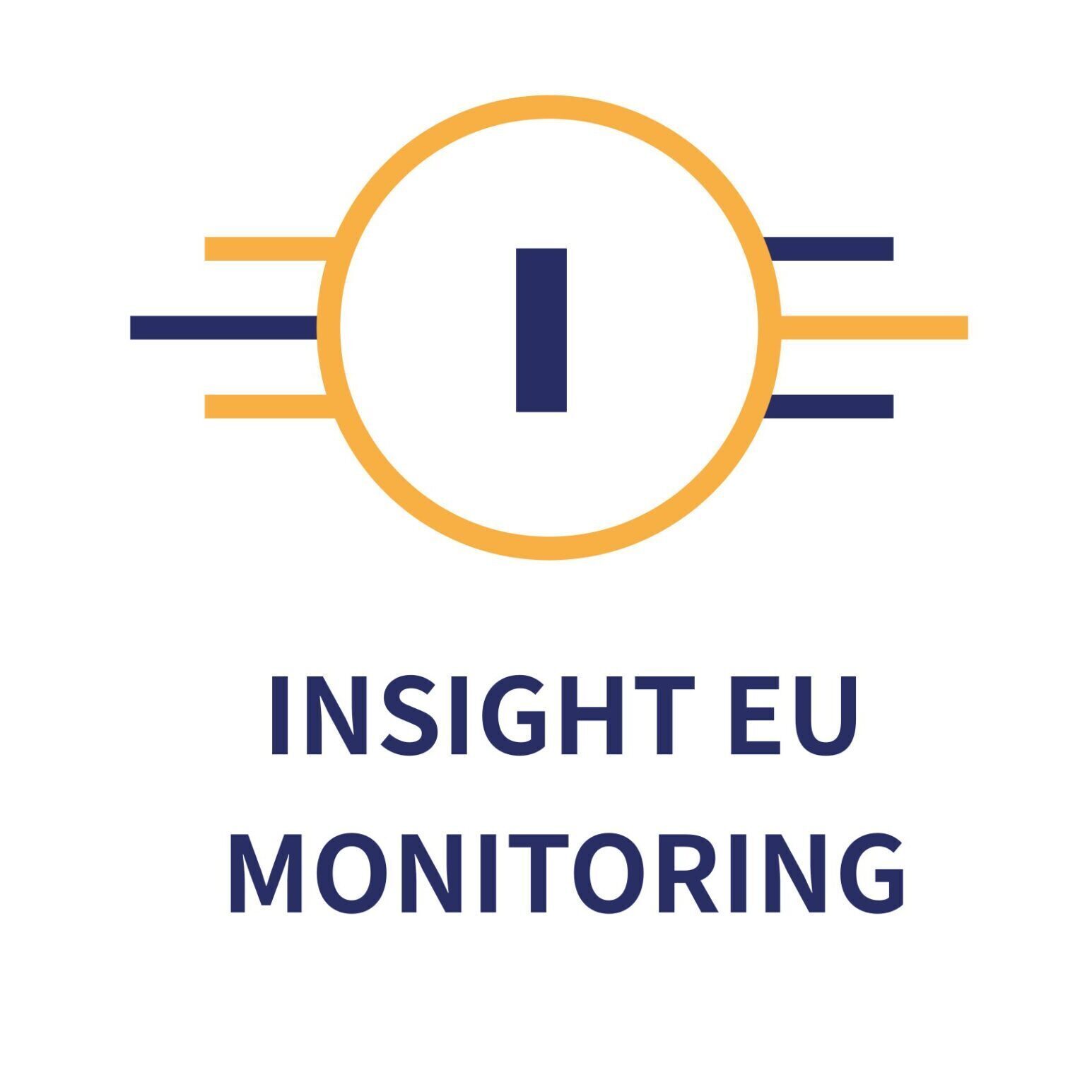Brussels, 18 February 2025
EU Commissioner Tzitzikostas speech at the Transport & Environment event From the Green Deal to the Clean Industrial Deal
Edited by Insight EU – Check against delivery
Ladies and Gentlemen,
Thank you for your invitation. I am delighted to be here today. Events like this bring us together to put Europe in the best possible position for the sustainability race—one that seeks to protect our planet and deploy the technologies that will shape our mobility for decades to come.
As you know, the European Commission remains as committed today as it was in 2019 when we adopted an ambitious roadmap to reduce emissions. Specifically for transport, this roadmap sets the goal of cutting emissions by 90% by 2050.
Aviation and the Sustainability Race
Aviation is an integral part of this challenge. It faces mounting environmental pressures alongside increasing demand for reliable and sustainable energy supplies. The consequences of our reliance on fossil fuels have been made clear—we must break free from these dependencies to ensure a more stable and secure future.
Competitiveness in this sector depends on achieving low and stable energy prices, including for sustainable aviation fuels. The upcoming Clean Industrial Deal, set to be unveiled later this month, will establish the foundation for a robust and competitive sustainable European industry. This will, in turn, pave the way for a Sustainable Transport Investment Plan (STIP).
The Need for Investment
Investment is essential if we are to accelerate the adoption of cleaner fuels. The regulatory framework—supported by ReFuelEU Aviation, FuelEU Maritime, the Renewable Energy Directive, the Energy Taxation Directive, and the ETS—is in place to stimulate the uptake of renewable and low-carbon fuels. However, market investment remains below the necessary levels. Currently, the availability of these fuels is limited, partly due to uncertainty in the market.
Financial challenges persist, with price volatility and revenue uncertainties posing risks to early adopters. The Draghi Report estimates that decarbonising European aviation will cost around €60 billion per year—a sum that neither the EU nor Member State budgets alone can support. This is why we must leverage both public and private investment.
Sustainable Transport Investment Plan (STIP)
The Sustainable Transport Investment Plan is still under development, but its objectives are clear. It must include short- and medium-term measures to encourage investment in renewable and low-carbon fuels for aviation and waterborne transport. Some potential actions include:
- Prioritising fuel projects under existing programs such as Horizon Europe, the Innovation Fund, and InvestEU.
- Engaging the European Investment Bank and other financial institutions to mitigate risks for private investors.
- Making available an additional €570 million under the Alternative Fuels Infrastructure Facility to support alternative fuel infrastructure for road, maritime, inland waterways, and air transport.
- Further leveraging the Hydrogen Bank, which is already supporting maritime fuel projects with €200 million.
In the longer term, we will explore mechanisms to de-risk private investments in large-scale production facilities, reduce the price gap for domestically produced synthetic fuels, and establish a revenue guarantee for first movers.
A Vision for European Leadership
Bold investments today will secure Europe’s leadership in sustainability and give us a competitive edge. Just as important is harnessing Europe’s talent. Innovation and smart specialisation are key drivers of growth and competitiveness. By promoting new aircraft types, deploying innovative solutions, and modernising our aviation infrastructure, we can close the sustainable aviation fuel (SAF) price gap and build a more climate-resilient industry.
While we will always need to import some of our energy, STIP will promote international cooperation projects through the Global Gateway, integrating renewable and low-carbon transport fuels into clean trade and investment partnerships with third countries.
Europe’s Future in the Global Race
This plan is a response to both the climate crisis and increasing global competition. It does not take the competitiveness of our aviation industry for granted—it is designed to strengthen it. Our goal is clear: to win this race—against time and sometimes against ourselves.
This is also a plan to reaffirm Europe’s position as an attractive, stable, and reliable trade and investment partner. We must always keep in mind that regional and cohesive growth and productivity form the backbone of our internal market and economy.
Visions and plans do not become reality overnight. They require consistent effort. But if we stay the course, by 2029, aviation will be on track to achieve net zero by 2050.
Aviation has been one of Europe’s greatest success stories. And I assure you, we have all the tools we need to continue this journey, to strengthen our Union, and to protect our planet.
Thank you.
Source – EU Commission
